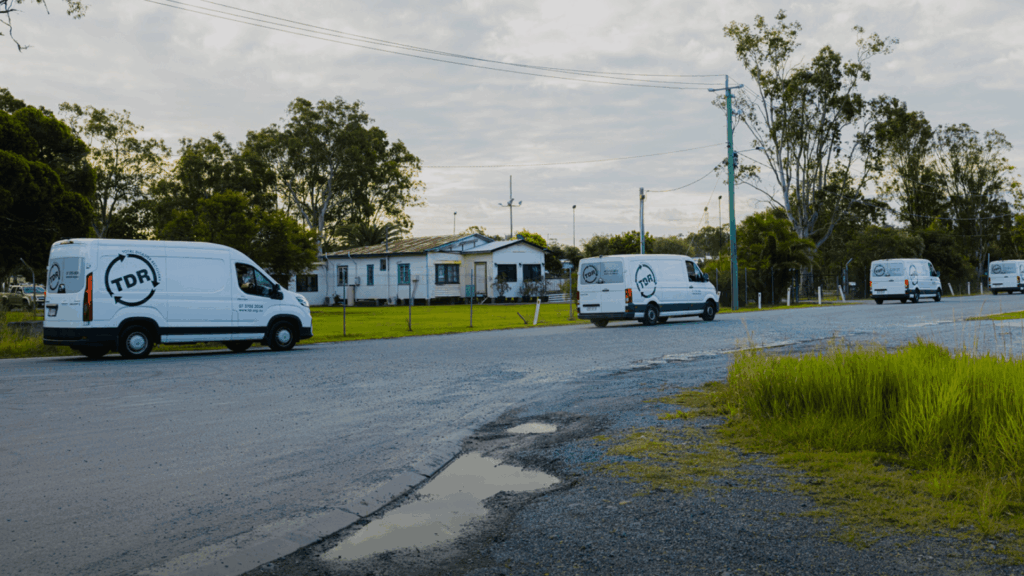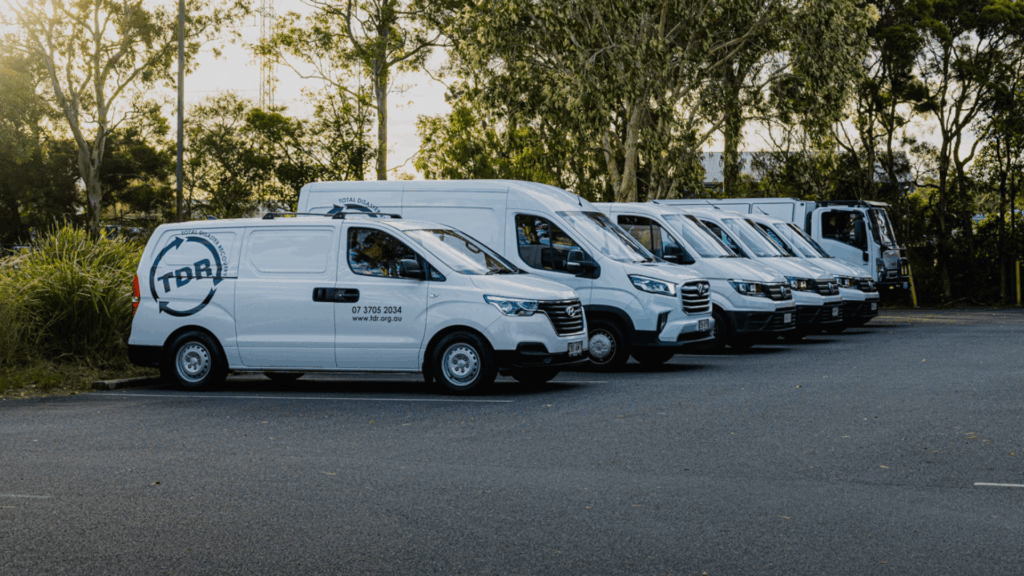Imagine this, a late-night call reports a fire in the basement car park of a multi-level residential strata building. By the time the fire is extinguished, the damage is extensive. Two apartments directly above the fire are severely damaged, common property hallways are filled with smoke and soot, and the firefighting efforts have caused significant water damage to several lower levels. For the insurance broker and the body corporate, this is the start of a stressful journey. These complex insurance claims are where relationships are tested and a restoration partner’s true value is revealed.
What follows is a breakdown of how a structured, stakeholder-focused approach to major loss restoration can transform a crisis into a controlled, efficient recovery process, ensuring peace of mind for everyone involved.
Phase 1: The Emergency Response
Within an hour of the call, the restoration team is on-site. The first priority is to reassure everyone that the situation is under control. This requires immediate, professional action and, most importantly, clear communication.
The immediate needs are addressed:
- Site Security: Prior to our arrival, the property is secured to prevent unauthorised access and ensure safety. Temporary fencing and board-ups are installed.
- Initial Assessment: A rapid assessment is conducted to understand the immediate risks, including structural integrity, air quality, and the extent of water migration.
- Stakeholder Communication: A dedicated project manager establishes a single point of contact. The insurance broker and strata manager receive a clear, concise briefing within hours, outlining the initial findings and the immediate next steps. This is the cornerstone of effective emergency restoration services, providing the accurate information they need to manage their stakeholders effectively.
This proactive communication prevents the panic and frustration that often derail strata insurance claims restoration from the very beginning.
Phase 2: Assessment and Strategy
With the site secure, the focus shifts to a detailed assessment. The loss adjuster needs accurate, indisputable data to make a swift and correct assessment of the loss. A disorganised or poorly documented assessment phase leads to delays, disputes, and inflated claim costs.
A systematic approach provides the clarity needed:
- Damage Mapping: Technicians use specialised equipment to map the full extent of fire, smoke, soot, and water damage. This includes thermal imaging to find trapped moisture and air quality testing to measure particulate levels.
- Detailed Scope of Works: A comprehensive report is generated, complete with photographic evidence, moisture readings, and a detailed inventory of affected materials and contents. This report differentiates between damage to individual lots and common property, a critical distinction in strata claims.
- Compliance and Engineering: In this case, the fire compromised structural elements and fire safety systems. A fire engineer needs to be engaged early to ensure the scope of works includes necessary upgrades to meet current building codes, preventing future compliance issues.
This data-driven process provides the loss adjuster with a clear, evidence-based foundation for approving the claim, accelerating the path to commercial fire damage restoration.
Phase 3: Restoration and Handover
Looking now to the structural repairs, the biggest risk for an insurance builder is inheriting a site that isn’t ready. A premature handover, where the site is still damp, contaminated, or structurally unsound, leads to project delays, variations, and potential liability. The restoration phase must be completed to a certified standard.
The restoration process includes:
- Water Extraction and Drying: All water from firefighting efforts is extracted, and the structure is dried using industrial-grade dehumidifiers and air movers to prevent mould growth.
- Soot and Smoke Removal: All affected surfaces are meticulously cleaned using specialised techniques to remove soot residue and carcinogenic contaminants.
- Odour Neutralisation: The building is treated to permanently remove smoke odours, rather than just masking them.
Upon completion, a formal handover is conducted. The builder is provided with a complete documentation package, including drying logs and post-remediation verification reports, certifying that the site is structurally safe, dry, and environmentally clean. This seamless handover is the final, critical step in successful body corporate restoration, allowing the builder to commence repairs without delay or risk.
A major loss event is inherently stressful. However, by focusing on the specific needs of each stakeholder (communication for the broker, data for the loss adjuster, and a certified-safe site for the builder), a specialist in major loss restoration transforms that strain into a managed, predictable, and efficient recovery process.
For expert management of your next major or complex loss, partner with the specialists. Contact TDR for a consultation.


